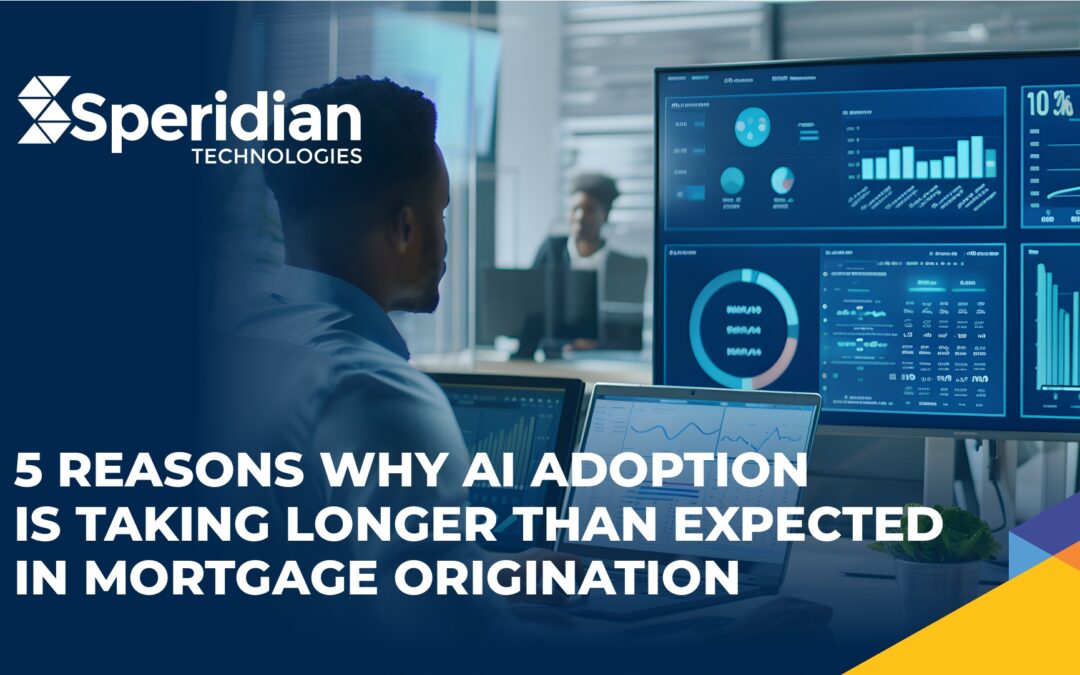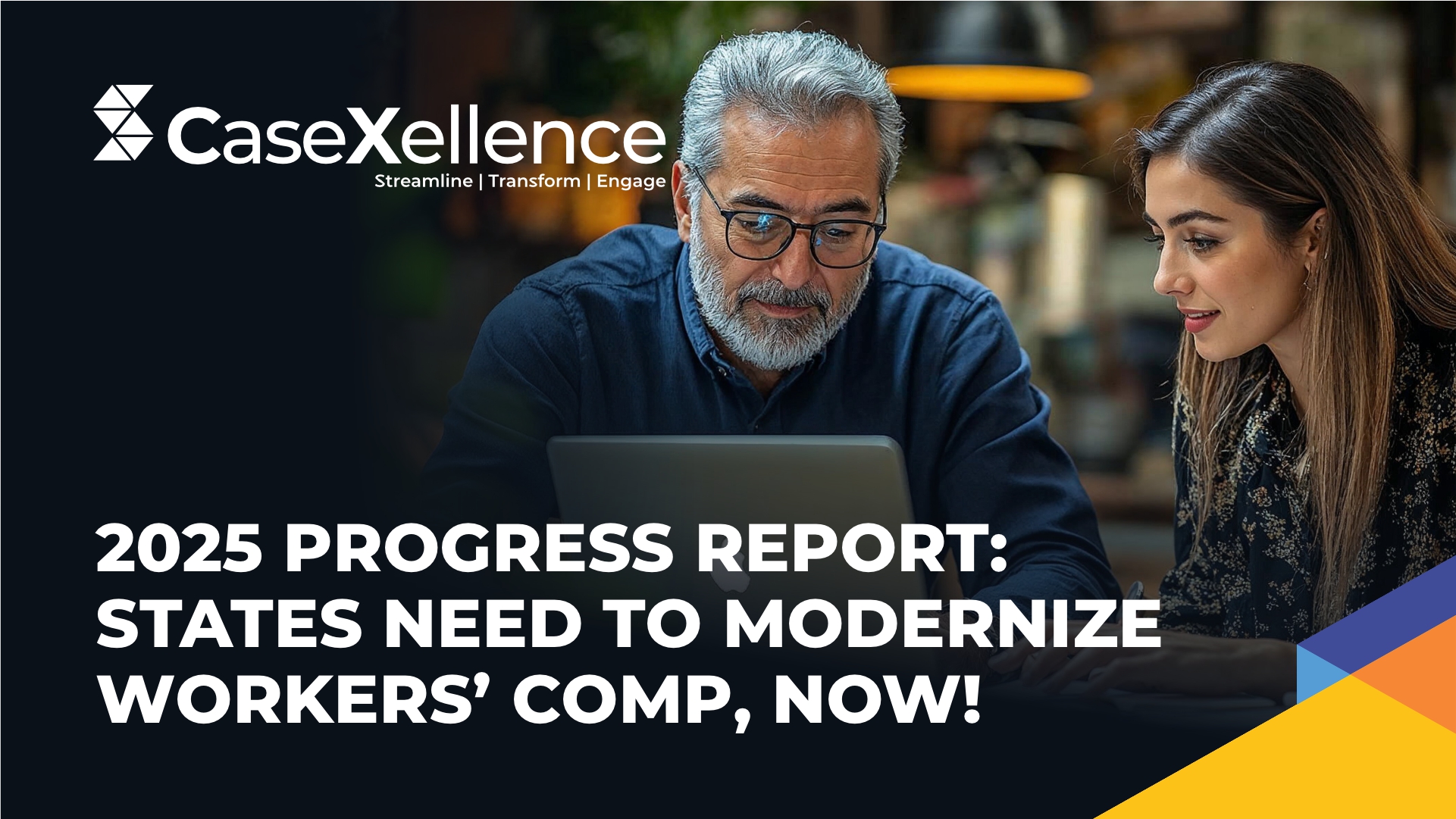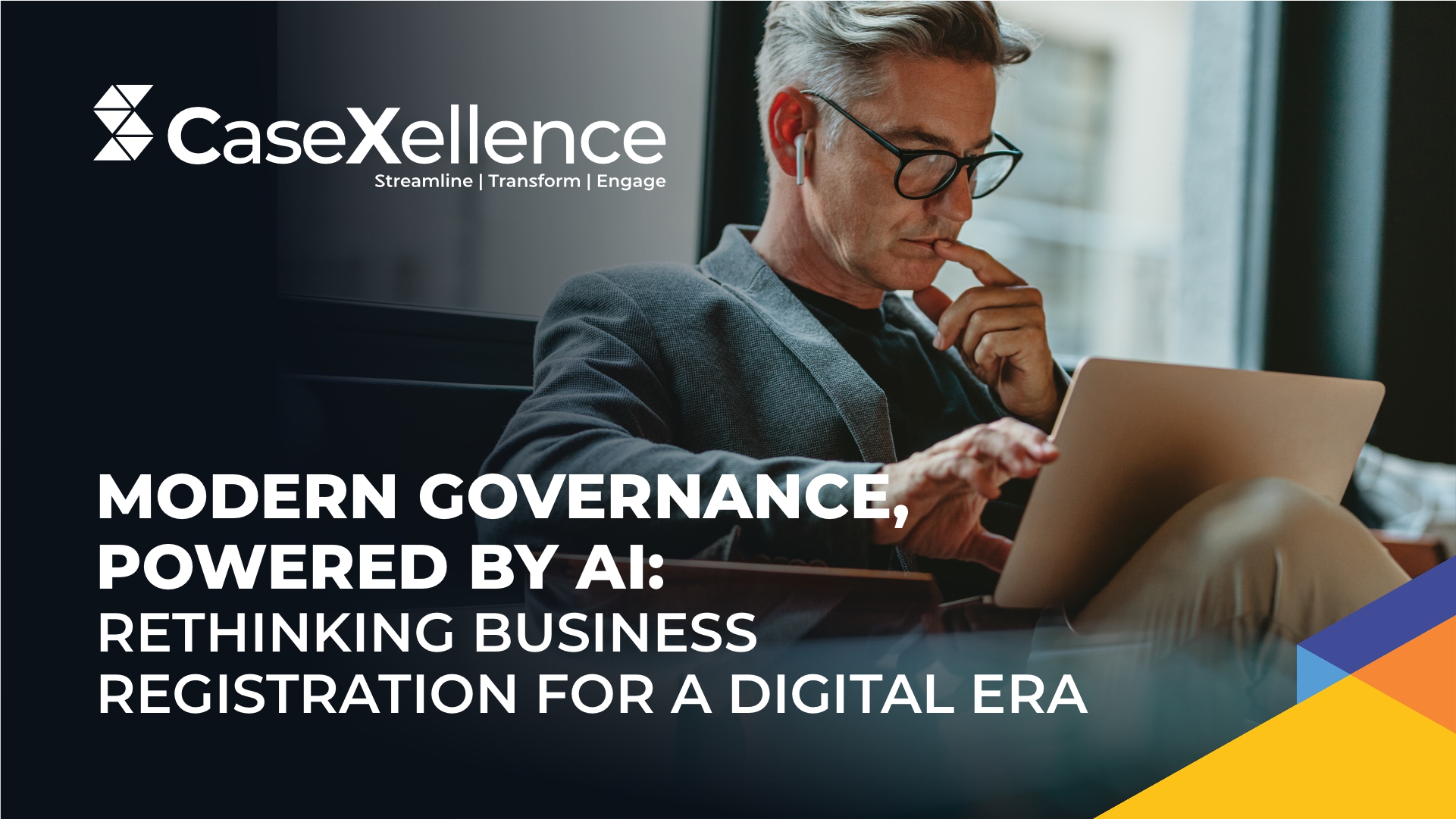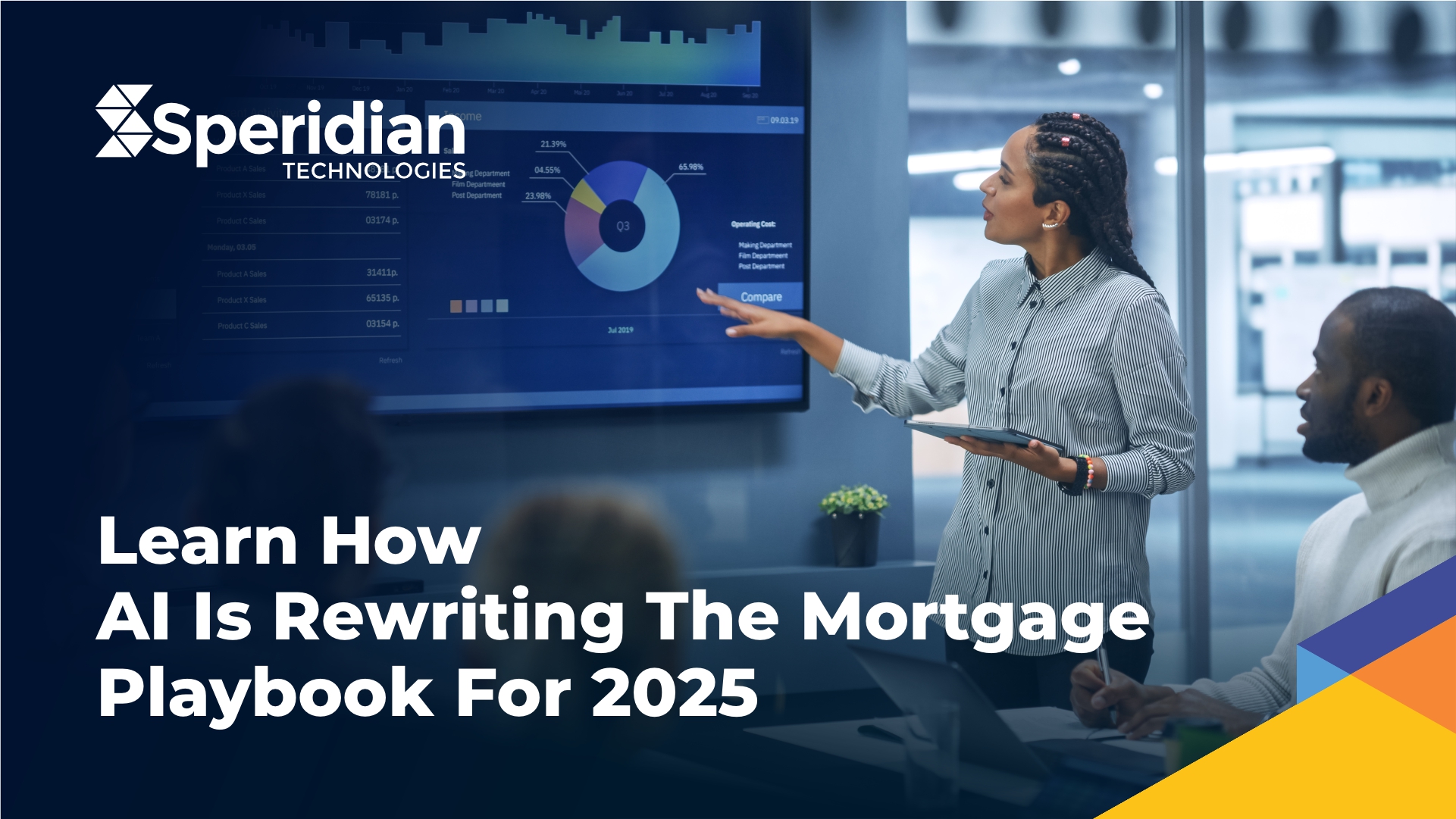Artificial Intelligence (AI) was expected to transform mortgage origination – from instant loan application and income verification to fully automated underwriting. Yet, while progress is visible, adoption has been slower than the hype suggests. Here’s why many U.S. lenders remain cautious and how the industry can move forward.
Table of Contents
The Digital Foundation Is Still Incomplete
The measurable efficacy of AI depends on structured, high-quality digital data and integrated systems. Many lenders still operate in a hybrid mode, digital intake paired with manual reviews and wet signatures.
According to Fannie Mae’s 2025 Mortgage Lender Sentiment Survey, only 22% of lenders currently use eNotes, though most plan to adopt them within two years (Wolak, 2025). Without complete digitization, AI models struggle to deliver consistent, auditable results, slowing the path toward intelligent automation.
Regulatory and Ethical Accountability
Mortgage lending operates under tight oversight, and explainability is non-negotiable. The Office of the Comptroller of the Currency (OCC) reaffirmed in 2024 that lenders must manage AI within existing Model Risk Management (MRM) frameworks, requiring comprehensive documentation, independent validation, bias testing, and ongoing monitoring (OCC, 2024).
Simultaneously, under ECOA and fair lending laws, lenders must clearly communicate why credit decisions were made. However, many AI models operate as opaque “black boxes,” complicating this requirement.
To mitigate regulatory and reputational risks, lenders are prioritizing explainable and interpretable models, human-in-the-loop decisioning, and transparent governance, choosing responsible adoption over rapid deployment.
Talent and Change Management Gaps
Even with solid AI strategies, many lenders face internal roadblocks around skills and readiness. Traditional IT teams often lack exposure to modern AI lifecycles, including data labeling, model retraining, validation, and monitoring.
The Mortgage Bankers Association (MBA) reported in 2024 that over 60% of lenders identified workforce readiness and training as primary barriers to digital transformation (MBA, 2024).
Without organizational buy-in, structured change-management programs, and continuous AI literacy, lenders risk building technology faster than teams can adopt it, creating disconnects between innovation intent and execution reality.
Uneven ROI and Integration Hurdles
Large national lenders can invest in AI infrastructure and compliance teams. Mid-sized and community lenders, however, face integration challenges between Loan Origination Systems (LOS), document platforms, and third-party data providers.
Because the origination process involves multiple intermediaries, a single non-adopting partner can break the Straight-Through Processing (STP) chain. The OCC’s 2024 Semiannual Risk Report warned that AI “introduces material operational and third-party risk,” especially in environments with fragmented vendor ecosystems (OCC, 2024).
Without standardized data pipelines and interoperable APIs, many pilots stall before reaching measurable ROI.
Evolving Rules and Industry Caution
Federal regulators are still defining boundaries for responsible AI use in lending. The Consumer Financial Protection Bureau (CFPB) has clarified that no AI exemption exists under fair lending laws.
Consequently, most lenders are taking a “pilot and pause” approach, deploying AI in low-risk areas such as document validation, chatbots, and data extraction, while refining governance frameworks for underwriting use cases. Until clearer regulatory guidance emerges, caution will continue to outweigh experimentation.
Moving Forward: A Smarter Path to AI in Lending
Lenders can accelerate AI adoption by focusing on three foundational actions:
- Digitization first – Complete traditional automation layers. Integrate “Point AI” solutions such as AI Loan Advisor, No-Touch Pre-Approval, and UW-Ready Loans. Transition to eNotes, eVaults, and eClosings.
- Governable AI – Use explainable, monitored models with clear audit trails. Embed change-management practices to foster organization-wide AI confidence.
- Incremental scaling – Define an AI roadmap. Begin with process automation (e.g., document verification) before scaling to decision-driven use cases.
By pairing compliance discipline with execution readiness, lenders can convert hesitation into sustainable transformation.
Why Partner with Speridian Technologies
At Speridian Technologies, we help mortgage lenders bridge the gap between AI potential and operational reality. With deep expertise in AI-powered mortgage automation, Agentic Process Automation (APA), and end-to-end loan origination modernization, Speridian enables lenders to achieve measurable gains in cycle time, cost-to-produce, and compliance readiness.
Read More About Lending & Mortgage Solutions






